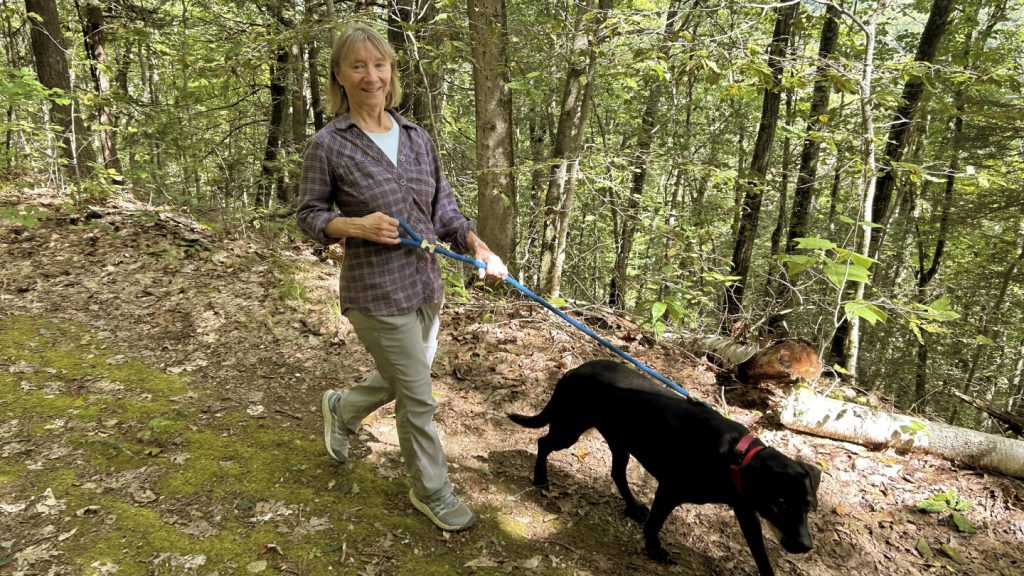Walking a dog can be a source of joy for many people, but it also comes with its risks. Recent research from Johns Hopkins University has shown that injuries related to dog walking have been on the rise over the past 20 years in the U.S. Fractures, sprains, and head trauma are among the most common injuries reported. From 2001 to 2020, the number of adults seen at emergency departments for dog walking injuries has significantly increased, with the majority of patients being women between the ages of 40 and 64.
The increase in dog-related injuries can be attributed to the growing trend of dog ownership, with about half of U.S. households now owning at least one dog. The COVID-19 pandemic has also contributed to this spike in injuries. To stay safe while walking a leashed dog, experts recommend staying diligent, focused, and taking extra precautions in inclement weather. Multitasking while walking a dog can be hazardous, so it is important to put away distractions like phones and pay attention to the dog’s behavior and surroundings.
Injuries related to dog walking can occur in various scenarios, such as in urban areas, rural areas, or while running with a dog. Dog owners have shared their experiences of sustaining injuries while walking their pets, including incidents involving dogs being spooked, chasing after animals, or running unexpectedly. Running with a leashed dog can also be risky, especially with dogs that are easily spooked or not well-trained. It is essential for dog owners to be aware of their surroundings and take precautions to prevent accidents.
In addition to being cautious while walking a dog, experts recommend using the right gear to minimize risks. This includes wearing appropriate footwear with good traction, using a non-retractable leash of a suitable length, and using a no-pull harness for better control of the dog. While retractable leashes are popular, they can pose hazards when used improperly, such as causing burns when retracted quickly. Dog owners are advised to seek help from neighbors, children, or professional dog walkers if they have mobility or balance issues.
For older adults or individuals with balance problems, engaging in balance and strength-training exercises can help reduce the risk of falls and fractures while walking a dog. Working with a dog trainer can also be beneficial, as it helps both the dog and the walker to understand each other better. Learning to read a dog’s body language and having control over the dog during walks are crucial for preventing accidents. By taking these precautions and staying attentive while walking a dog, dog owners can enjoy the benefits of having a furry companion without putting themselves at risk of injuries.
Overall, the increase in injuries related to dog walking highlights the importance of being cautious and prepared while taking a dog for a walk. With the right gear, training, and awareness, dog owners can ensure a safe and enjoyable walking experience for both themselves and their furry friends.


